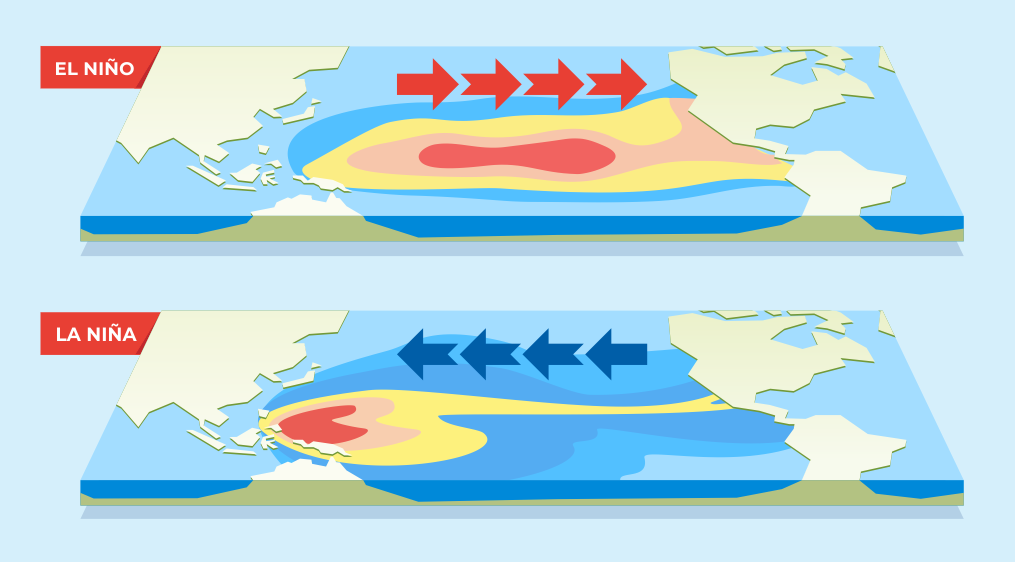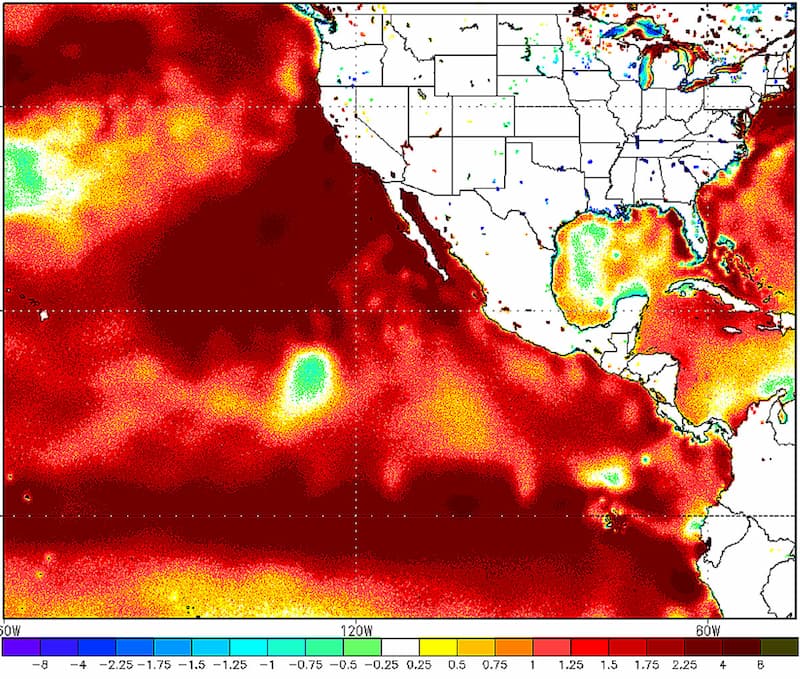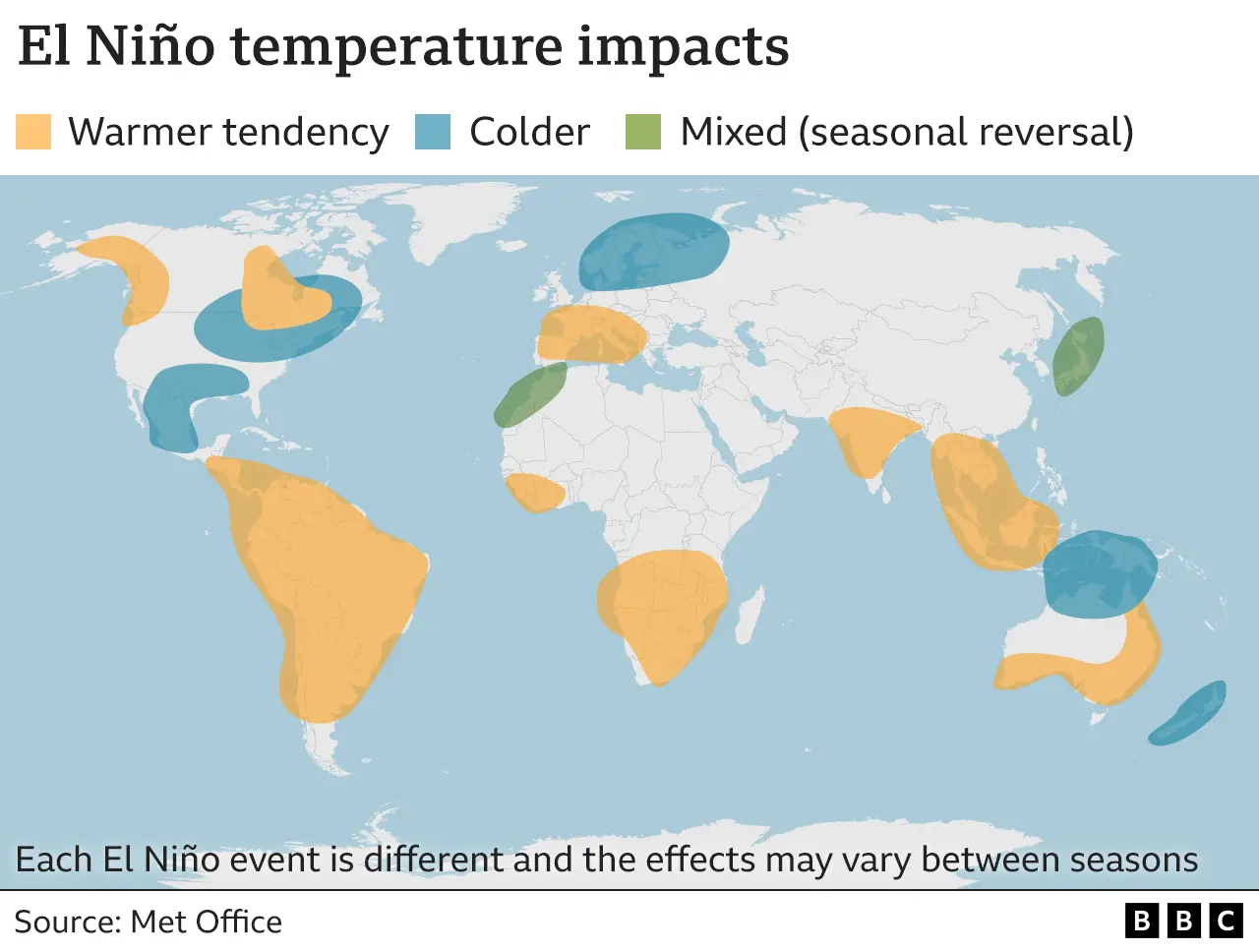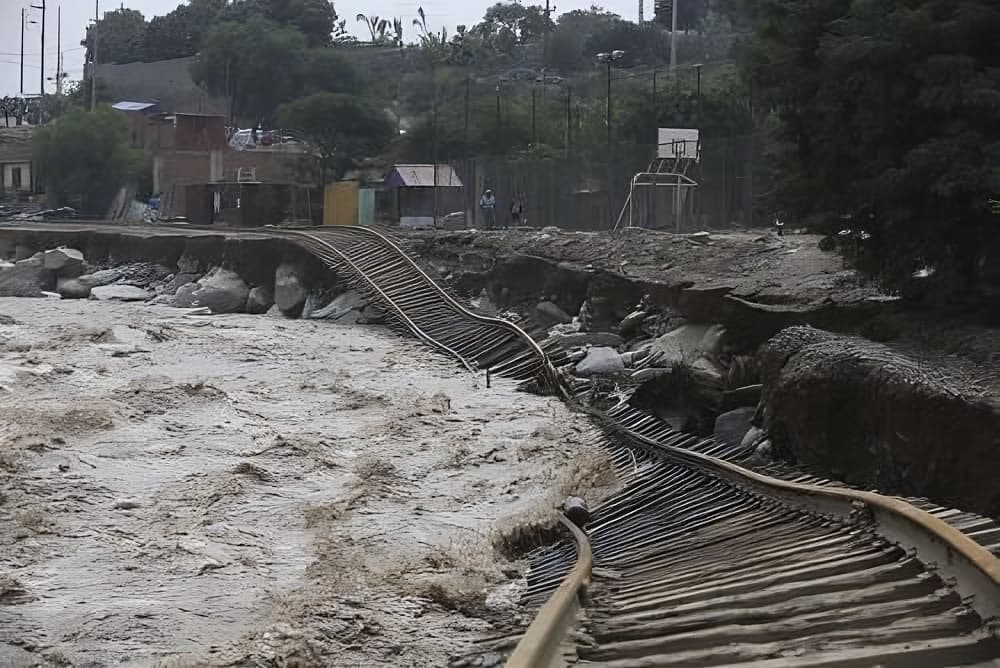
Watch short for this article (5 slides)
El Niño: Understanding the Pacific Phenomenon Reshaping Global Weather
El Niño, a name originally coined by fishermen off the coast of South America to describe a warm ocean current appearing around Christmastime, represents one of Earth's most significant climate phenomena. As one phase of the larger El Niño-Southern Oscillation (ENSO) cycle, El Niño involves a large-scale warming of surface waters in the central and eastern equatorial Pacific Ocean. While originating in the Pacific, its effects are far-reaching, triggering predictable disruptions in temperature, rainfall, storm patterns, and ecosystems across vast stretches of the globe. Understanding the mechanics, impacts, and potential future changes of El Niño is crucial for forecasting extreme weather, managing resources, and adapting to our dynamic climate system.

The ENSO Cycle: A Pacific Climate See-Saw
El Niño is not an isolated event but part of a natural, recurring cycle involving ocean temperatures and atmospheric pressure across the equatorial Pacific – the El Niño-Southern Oscillation (ENSO). ENSO fluctuates irregularly between three phases:
- El Niño: Characterized by warmer-than-average sea surface temperatures (SSTs) in the central and eastern equatorial Pacific and a weakening of the typical east-to-west trade winds.
- La Niña: The opposite phase, featuring cooler-than-average SSTs in the same region and stronger-than-normal trade winds.
- Neutral: Conditions are near their long-term averages. Trade winds blow east to west, maintaining warmer waters in the western Pacific and cooler, upwelling waters in the east.
Understanding the "normal" or Neutral phase helps clarify what changes during El Niño.
The Normal State: Walker Circulation
Under neutral conditions, strong easterly trade winds blow across the equatorial Pacific. These winds push warm surface water towards the western Pacific (near Indonesia and Australia), causing sea levels there to be slightly higher and waters significantly warmer. In the eastern Pacific (off South America), this westward movement of surface water allows cold, nutrient-rich water from the depths to **upwell** to the surface. This creates cooler SSTs in the east. This ocean temperature difference reinforces an atmospheric circulation loop called the **Walker Circulation**: air rises over the warm western Pacific (causing rain), flows eastward at high altitudes, sinks over the cooler eastern Pacific (causing dry conditions), and then flows westward near the surface as the trade winds, completing the loop.
Defining El Niño: The Oceanic and Atmospheric Shift

During an El Niño event, this entire system shifts:
- Weakening Trade Winds: The normally strong easterly trade winds weaken, or in strong events, may even reverse direction.
- Warming Eastern Pacific: With weaker winds, less warm surface water is pushed west, and the crucial upwelling of cold deep water along the coast of South America is suppressed or stops. This allows the central and eastern equatorial Pacific SSTs to warm significantly. An El Niño is officially declared when the average SST anomaly in the key **Niño 3.4 region** (spanning the central-eastern equatorial Pacific) exceeds **+0.5°C** above average for several consecutive overlapping three-month periods. Strong events can see anomalies exceeding +1.5°C or even +2.0°C.
- Atmospheric Pressure Shift (Southern Oscillation): The change in ocean temperatures triggers a corresponding shift in atmospheric pressure. Normally, surface pressure is lower over the warm western Pacific and higher over the cooler eastern Pacific. During El Niño, this pressure pattern weakens or reverses – pressure rises in the west and falls in the east. This see-saw in pressure is known as the **Southern Oscillation**. The strength of this oscillation is measured by the **Southern Oscillation Index (SOI)**, which compares pressure differences between Tahiti (east) and Darwin, Australia (west). Negative SOI values typically indicate El Niño conditions.
The Oceanic Niño Index (ONI), based on SST anomalies in the Niño 3.4 region, is the standard metric used by NOAA and other agencies to classify El Niño and La Niña events. (NOAA Climate Prediction Center - ONI Data)
Global Ripple Effects: How El Niño Alters Weather Worldwide (Teleconnections)

The massive shift in heat and atmospheric pressure in the tropical Pacific doesn't stay localized. It disrupts large-scale atmospheric circulation patterns, including the jet streams and storm tracks, leading to predictable weather anomalies far away – a phenomenon known as **teleconnections**.
Typical El Niño Impacts Around the Globe:
These impacts vary depending on the strength and specific "flavor" of the El Niño event, but common patterns include:
| Region | Typical El Niño Weather Impacts | Underlying Mechanism (Simplified) |
|---|---|---|
| Eastern/Central Pacific | Increased rainfall, flooding (e.g., coastal Peru, Ecuador); warmer waters. | Shift of warm water pool and associated rising air/convection eastward; suppression of coastal upwelling. |
| Western Pacific | Drier conditions, drought, increased fire risk (e.g., Indonesia, Australia, Philippines). | Shift of rising air eastward leads to sinking air (suppressed convection) in the west. |
| North America |
|
Strengthening and southward shift of the Pacific jet stream brings more storms and moisture to the southern US; weaker polar jet stream allows milder Pacific air into the north. |
| South America (beyond coast) | Drier conditions in Northeast Brazil; sometimes drier conditions in the Amazon basin. | Complex shifts in atmospheric circulation and moisture transport. |
| Africa | Drier-than-average conditions in Southern Africa and parts of East Africa often leading to drought and food security issues. | Alterations in the Indian Ocean temperature patterns and atmospheric circulation linked to the Pacific shift. |
| Asia | Weakened summer monsoon rainfall in India and Southeast Asia, leading to drought. | Changes in atmospheric pressure gradients and moisture transport affecting monsoon dynamics. |
(Source synthesis based on typical impacts documented by NOAA, WMO, and climate research institutions. See NOAA ENSO Blog for detailed discussions.)
Broader Consequences: Temperature, Storms, Ecosystems, and Society

The impacts extend beyond regional weather patterns:
- Global Average Temperature Boost: During El Niño, the ocean releases a significant amount of heat into the atmosphere that was stored in the upper layers. This often leads to a temporary spike in global average surface temperatures, frequently contributing to record warm years globally (though the long-term warming trend is driven by greenhouse gases).
- Tropical Cyclone Activity: El Niño typically influences hurricane and typhoon seasons differently in different ocean basins:
- Atlantic Basin: Tends to *suppress* hurricane activity due to increased vertical wind shear (change in wind speed/direction with height), which disrupts storm formation and strengthening.
- Eastern/Central Pacific Basin: Tends to *enhance* hurricane activity due to warmer SSTs and reduced vertical wind shear.
- Ecological Disruptions:
- Fisheries Collapse: The suppression of nutrient-rich upwelling off the coast of Peru drastically reduces phytoplankton productivity, devastating anchovy and other fisheries, impacting local economies and seabird populations.
- Coral Bleaching: Warmer ocean temperatures associated with strong El Niño events cause widespread coral bleaching and mortality globally.
- Altered Migration/Breeding: Changes in ocean conditions affect the migration and breeding patterns of marine mammals, birds, and fish.
- Socio-Economic Impacts: Droughts impact agriculture leading to food shortages and price increases; floods damage infrastructure and displace populations; impacts on fisheries affect livelihoods; altered disease patterns (e.g., increased risk of some vector-borne diseases in newly wet areas) can occur.
El Niño in a Warming World: Intensifying Cycles?
A critical question is how climate change might affect the ENSO cycle. This remains an area of active research with some debate:
- Potential for Stronger Events: Some climate models suggest that while the overall frequency of El Niño events might not change dramatically, the *intensity* of strong El Niño events could increase in a warmer world due to greater ocean heat content and altered atmospheric dynamics.
- Increased Variability: Climate change might lead to more extreme swings between El Niño and La Niña phases.
- Challenges in Detection: Disentangling the natural variability of ENSO from the background warming trend caused by climate change is complex.
Even if ENSO characteristics don't change, the *impacts* of El Niño events are likely intensifying because they occur on top of a warmer baseline climate (e.g., droughts become more severe, heatwaves associated with El Niño are hotter). (US National Climate Assessment - Chapter on ENSO/Climate Change)
Forecasting and Preparing for El Niño's Impacts
Given El Niño's significant impacts, forecasting its onset, strength, and duration is crucial:
- Monitoring Systems: An array of moored buoys (like the TAO/TRITON array), satellites measuring SST and sea level height, and volunteer observing ships continuously monitor conditions across the tropical Pacific.
- Seasonal Forecasts: Climate prediction centers worldwide (e.g., NOAA's Climate Prediction Center - CPC, ECMWF) use this data combined with complex climate models to issue seasonal forecasts months in advance, predicting the likelihood and potential strength of El Niño or La Niña development.
- Mitigation and Adaptation: These forecasts enable proactive measures:
- Water Management: Implementing water conservation strategies in drought-prone areas; managing reservoir levels proactively.
- Agriculture: Adjusting planting dates, selecting drought- or flood-resistant crop varieties.
- Disaster Preparedness: Reinforcing infrastructure in flood-prone areas; enhancing wildfire preparedness in dry regions.
- Public Health: Monitoring and controlling vector-borne diseases that might increase with altered rainfall.
- Resource Management: Adjusting fisheries quotas based on anticipated impacts.
Conclusion: Understanding the Rhythm of the Pacific
El Niño is a powerful natural engine of climate variability, demonstrating the profound interconnectedness of Earth's ocean and atmosphere. Its periodic warming of the equatorial Pacific sets off a chain reaction influencing weather, ecosystems, and economies across the globe. While a natural cycle, its impacts are increasingly occurring against the backdrop of a human-altered climate system, potentially amplifying its effects. Continued investment in monitoring, improving forecast models, and developing robust adaptation strategies based on scientific understanding are essential for navigating the challenges posed by this influential Pacific phenomenon.